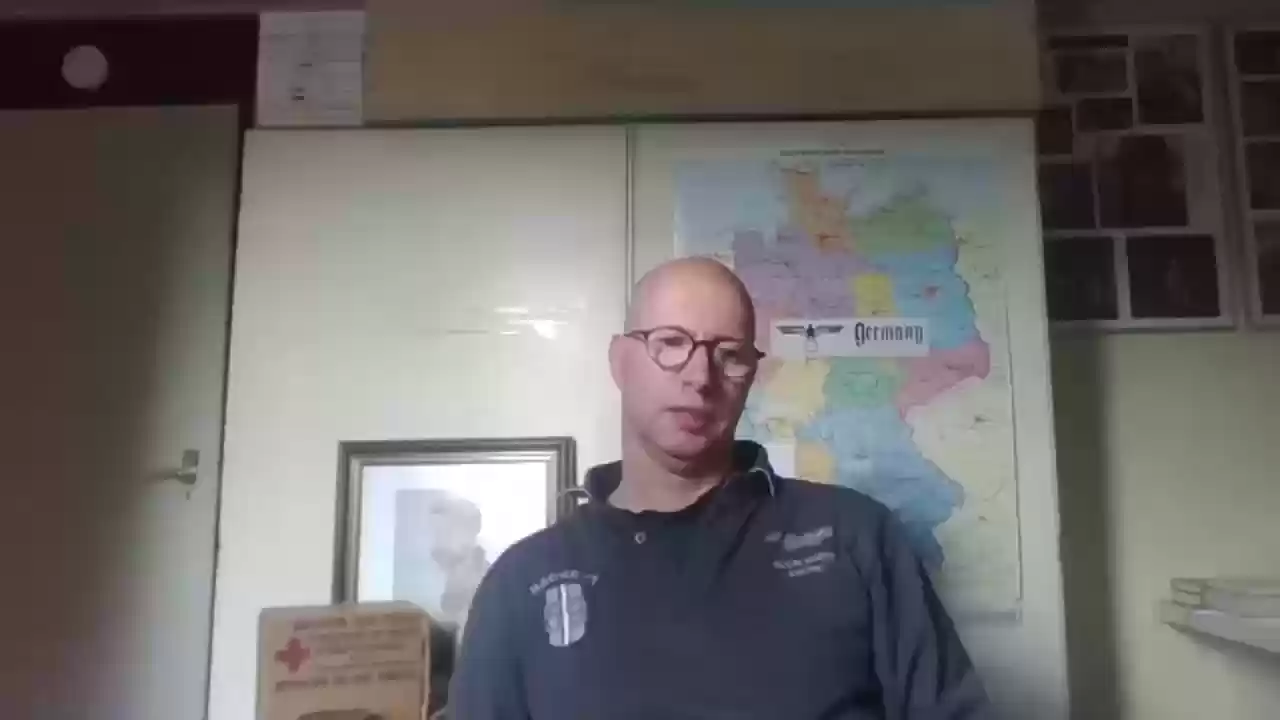You're watching:
The PIggyback Flight Pilot's Journey
Join host Val Burgess with guests Cyndi Rojohn and Dave Rojohn as they tell the remarkable story of their father's Piggyback Flight, when two B-17 bombers collided and looked like two breeding Dragon flies. This story will make you understand the adversity of those that served in the largest war in world history. And quite possibly allow you to reassess the adversity you have experienced in your life.




